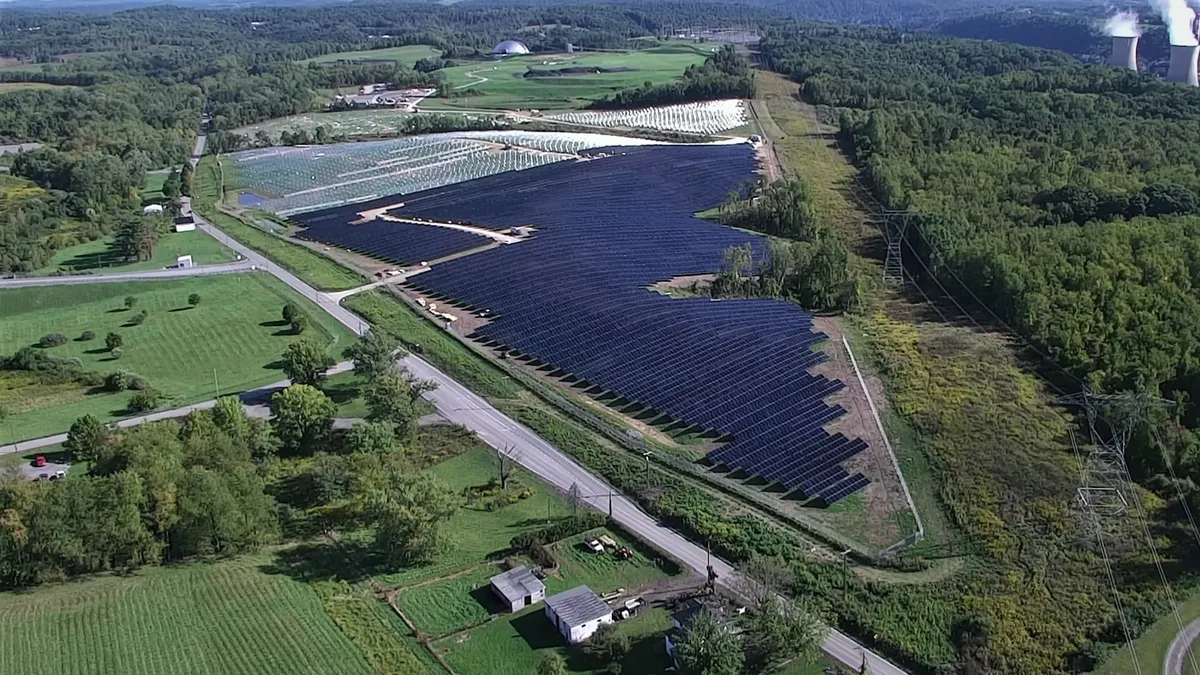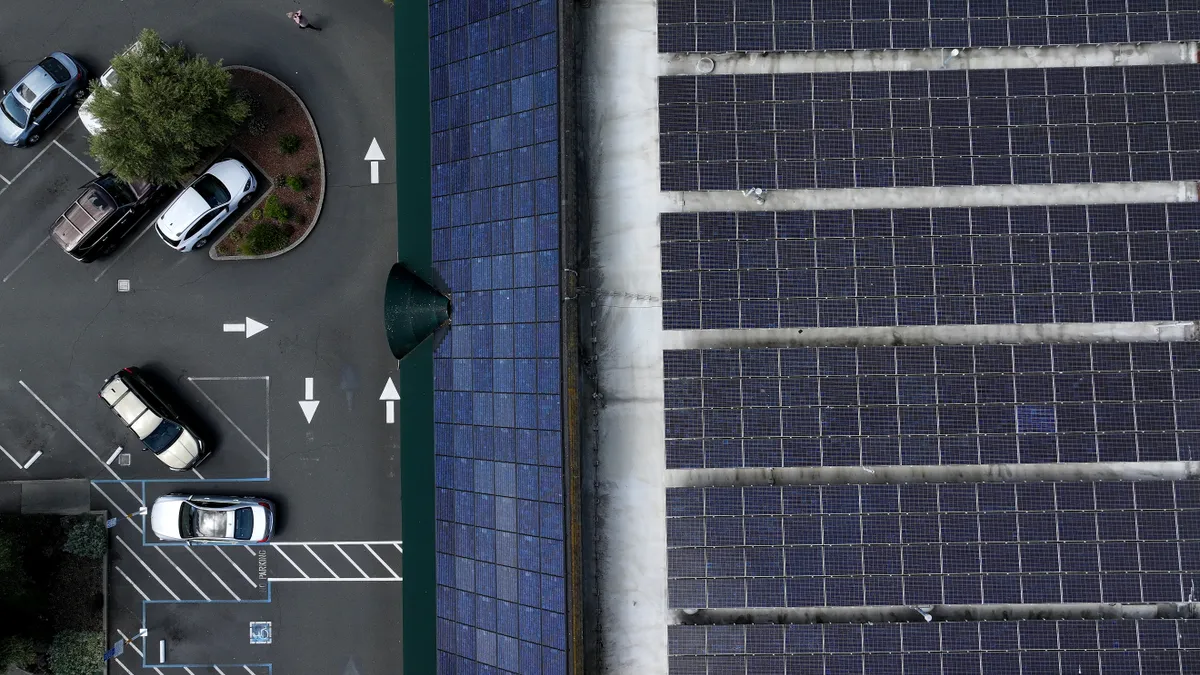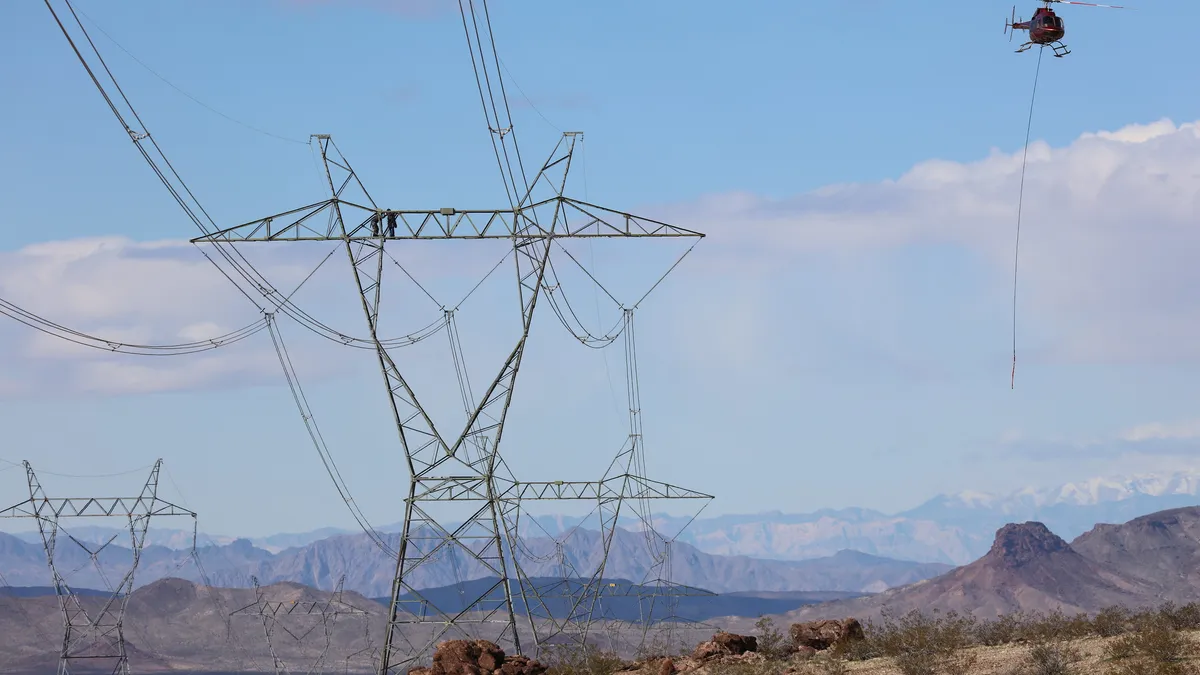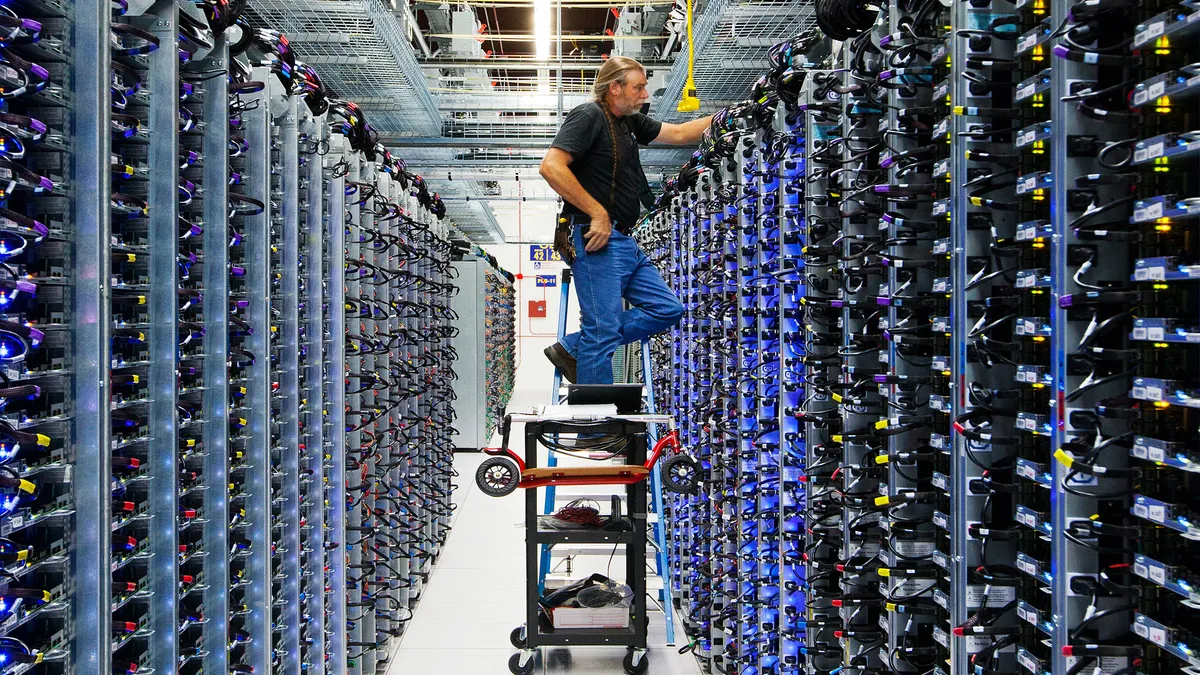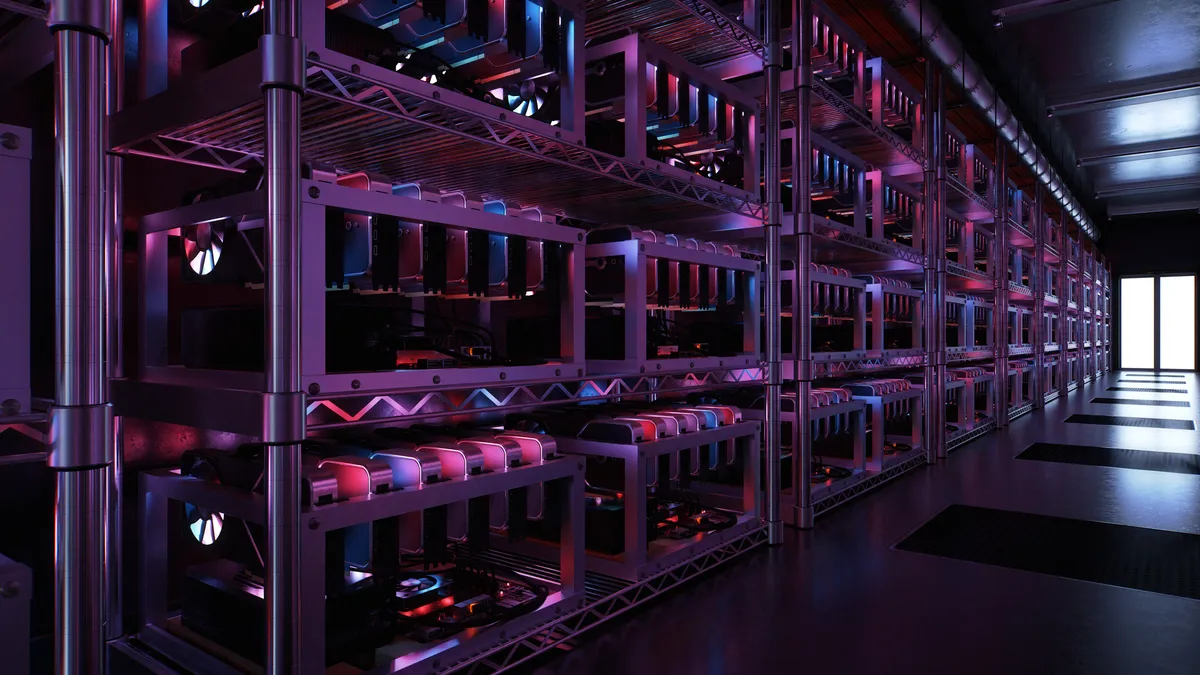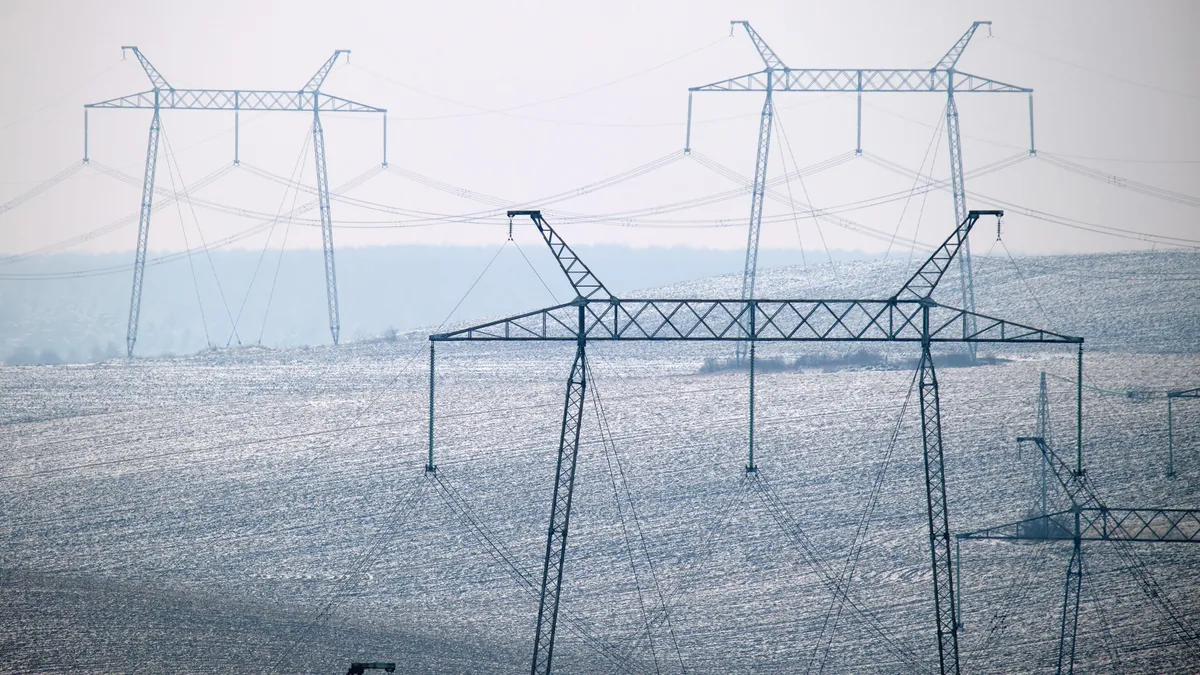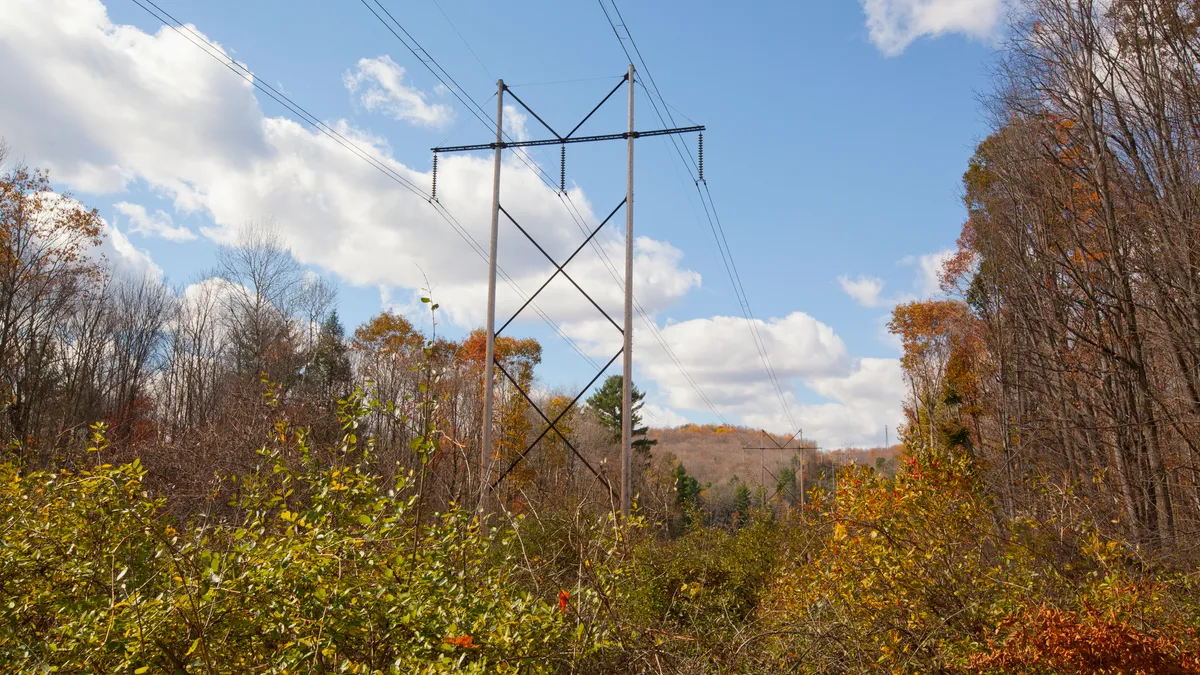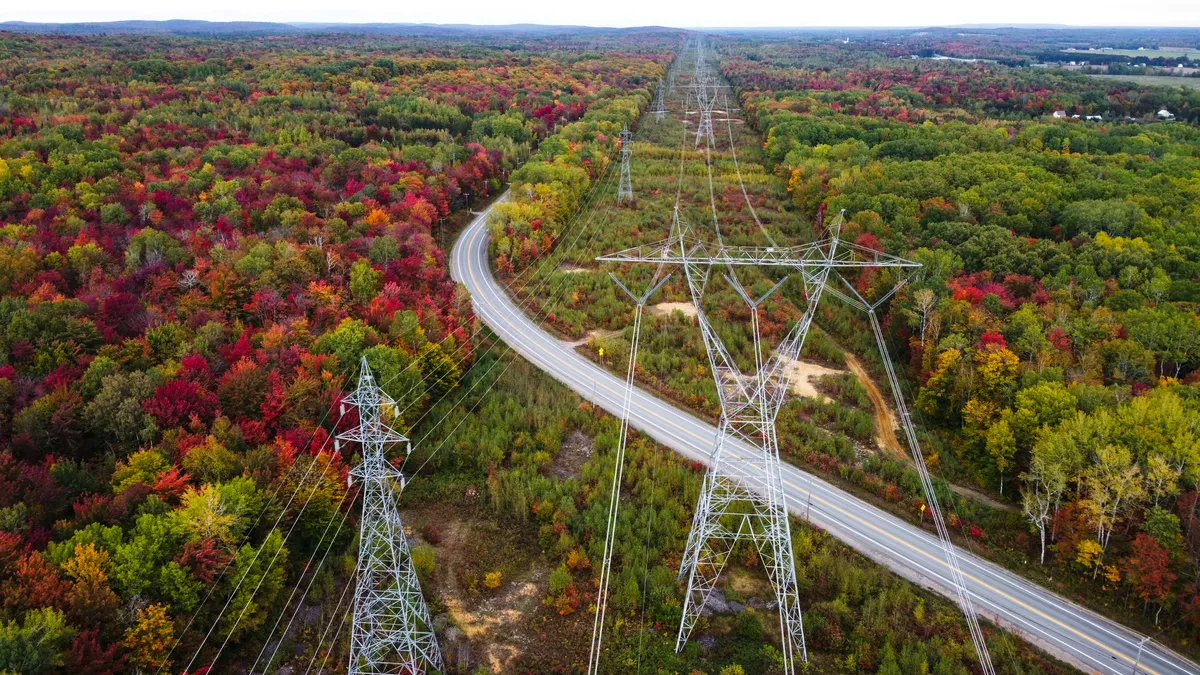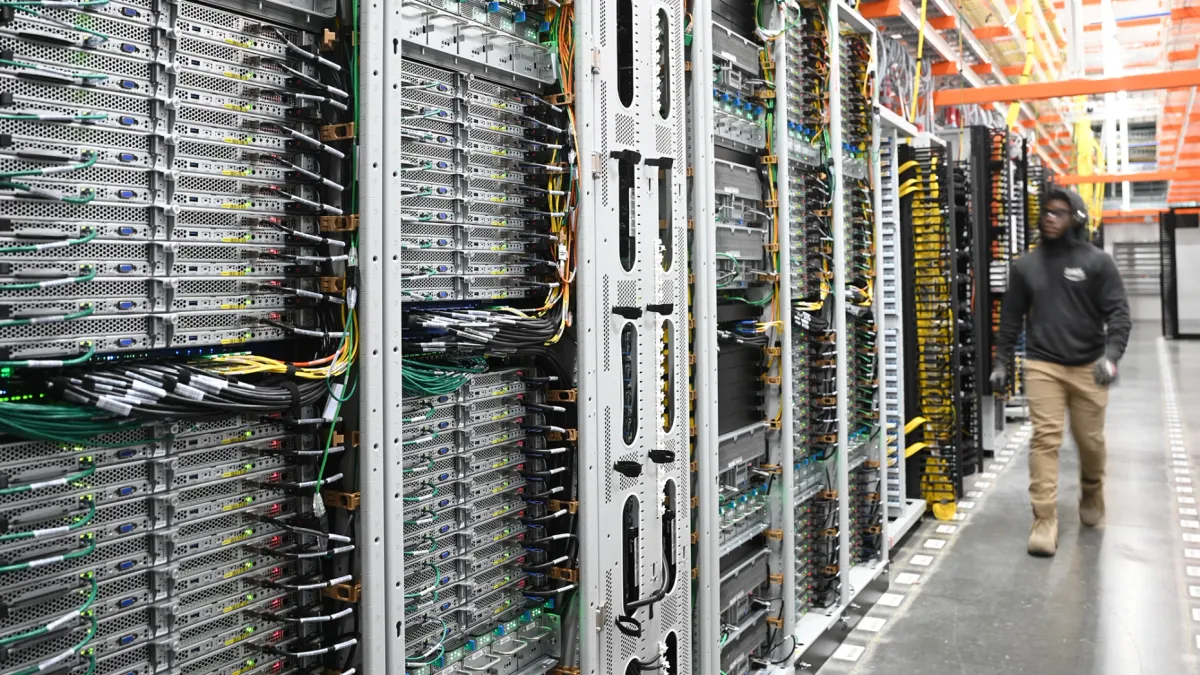Buoyed by an improving economy, holiday spending is expected to rise this year. But consumers still looking for ways to avoid sticker shock need look no further than their energy use, say utilities.
Individually, energy efficiencies may not do too much for a family staring down December holiday bills. The average adult will spend more than $700 this year on holiday shopping, up about 3% according to a Gallup survey, and there's only so much you can cut into that by cycling off the tree.
But collectively, the savings could add up to millions of dollars. And as utilities are focused on meeting demand cleanly and efficiently, advances in technologies have made significant strides. LED holiday lights cost a fraction of what it costs to run traditional incandescent bulbs, for example.
Just how much power we use celebrating the holidays is tough to tell — utilities plan for it, but because major holidays fall on days when many office buildings are closed there's not much of a capacity issue.
"We plan for every hour of every day based on a number of factors, and that certainly includes the holidays," said ERCOT spokeswoman Robbie Searcy. But she said the grid operator doesn't really do special holiday planning.
"On those days when offices are closed we see demand drop," Searcy said. "But certainly lighting load during the holiday does have its impact."
'The weather outside ...'
Weather has the greatest impact on utility load, and as the holidays coincide with colder temperatures it muddies the picture. But the California ISO has some general ideas, though Senior Public Information Officer Steven Greenlee said the operator does not specifically track holiday lighting.
Pre- and post-Thanksgiving peak demand for CAISO rises about 1,700 to 1,800 MW, Greenlee said.
"But the caveat is that we can’t see how much of that is lighting and other influences, such as weather," he said. "Also, we believe that LED lighting has slowed the holiday evening load pulls over the past few years, but we don’t know to what extent."
Despite that, the demand is still there. Greenless said CAISO can see 110 MW to 120 MW per minute demand ramps for short durations on holiday evenings. "But these don’t last very long," he said.
Utilities have not always been so certain they could meet the demand, the California Energy Commission reminds us. Back in 2000-2001, "local utilities and state officials urged everyone to use electricity sparingly and to wait until after 7 p.m. to turn on their lighting displays," the CEC said. (That was the holiday season of the California electricity crisis).
Consumers Energy estimated approximately 6% of the electric use by its residential and commercial customers can be attributed to the holiday season. Electric demand in December increases from businesses and shopping malls, the utility said, and it estimated a cost of about 8 cents to keep 300 icicle lights on four hours, and about 5 cents to light a Christmas tree with 200 miniature lights four hours.
According to the Department of Energy, using LED lights means the cost to light a six-foot tree — for 12 hours a day for 40 days — drops to about 27 cents, compared with $10 for incandescent lights.
What does it cost to decorate your home?
Dominion North Carolina has put together a calculator to help figure the cost to light your home — but it may fall short for the true holiday fanatic. The app only lets you assume running 150 strings of lights for 24 hours/day — certainly not up to Clark Griswold standards:
Maxing out Dominion's calculator would mean burning 396 Kwh/day at a cost of about $1,300 in December. But it is the holidays, after all, and you could turn the lights off during the day.
National Grid, not just a supporter of the smart grid, included among its holiday tips a "smart baking" section, and noted that "on average, a whole meal can be cooked in a slow cooker for 17 cents worth of electricity." The utility suggests using the smallest appliance, pan and burner while cooking to save energy, and notes microwave ovens require less than half the energy of a conventional oven.
And does your neighborhood go all-out on the homefront decorations? A string of lights on the tree or mantle may not draw that much power, but according to National Grid more elaborate decorations come with a cost.
Yard inflatables can which range from simple blow-up cartoon characters to large globes with rotating figures, blowing snow and lights. "Large globes consume about 150 watts per hour, while rotating carousels consume around 200 watts. At 10 hours per day, the total cost of electricity could be $10 per inflatable, per month," the utility said.





